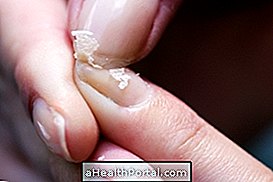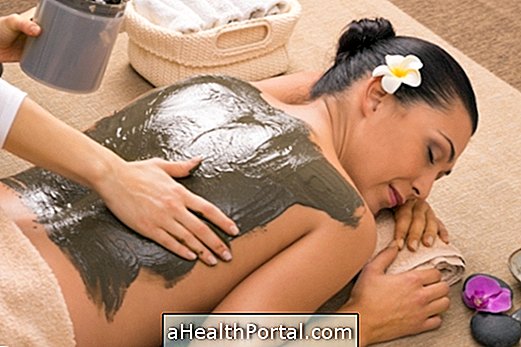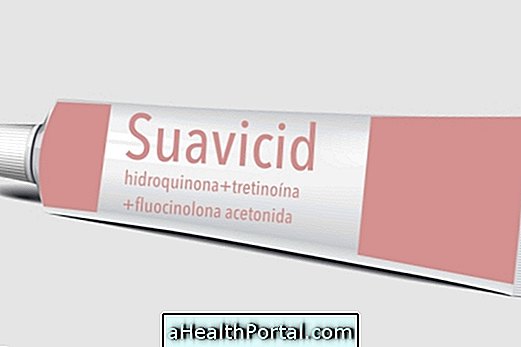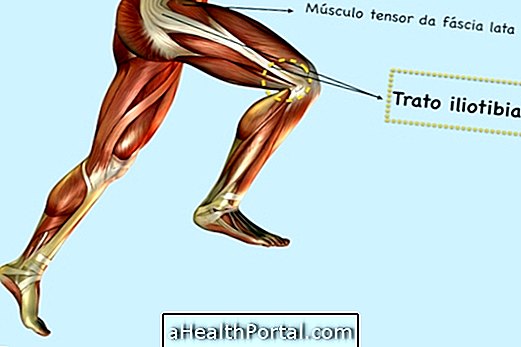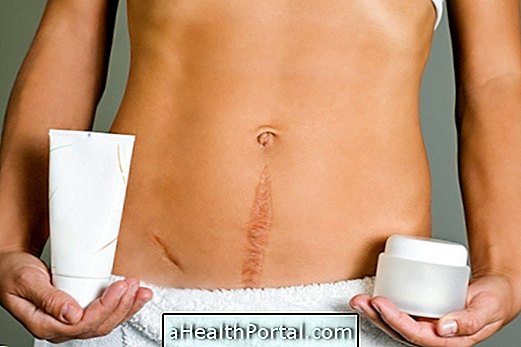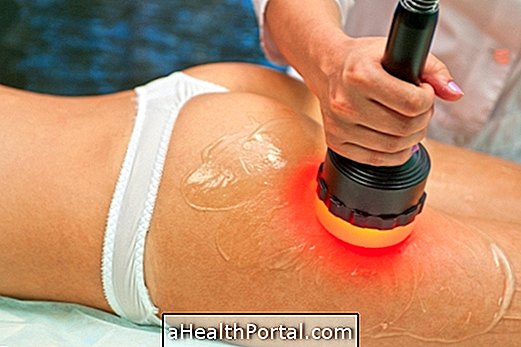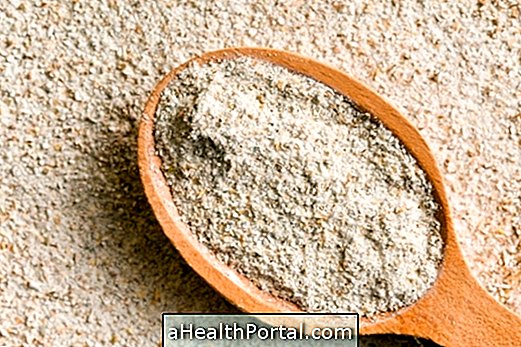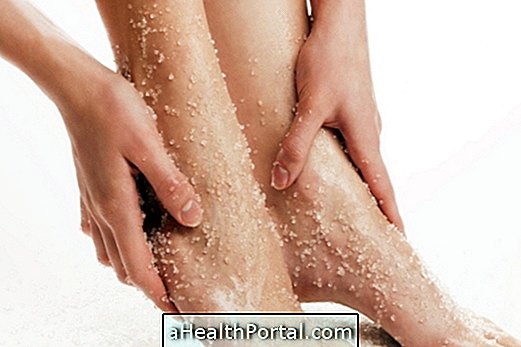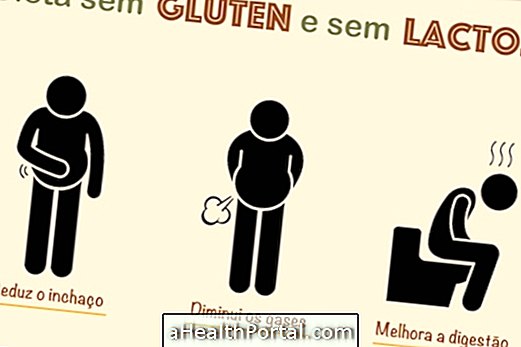It is possible to end the cellulite, grade 1 in just two weeks, but for this it is necessary to follow a daily treatment, which should include adequate nutrition, good hydration, exercises to tone the legs and butt, in addition to daily sessions of lymphatic drainage and aesthetic treatments such as lipocavitation, radiofrequency or endermotherapy, for example.
As cellulite is caused by the accumulation of fat located in the buttock and legs and excess fluids and toxins in this region, there is no single treatment that can eliminate cellulite quickly and definitively.
However, by following all these indications, it is possible to eliminate grade 1 cellulite and also turn grade 2 and grade 3 cellulite into grade 1 so that they are more easily eliminated.
How to know my type of cellulite
To know your type of cellulite is necessary to observe the region with the help of a mirror, but the observation can also be made by another person, being the most indicated.
The second step is to press a part of the leg or butt to observe changes in the skin. The types of cellulite can be:
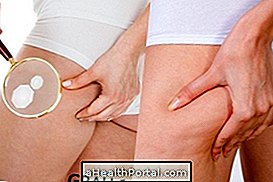

How to get rid of fast cellulite
An excellent home treatment to eliminate grade 1 cellulite in just 2 weeks consists of:
1. Food
The nutrition should preferably be directed by a nutritionist, but in general it is advised to reduce the salt intake, changing for herbs and consumption of detoxifying foods and diuretics, which help to eliminate excess fluids and toxins from the body. See examples of foods for cellulite in this video or article diuretic foods:

As for hydration it is recommended to take at least 2 liters of water per day to ensure good hydration of the body, and keep the skin elastic and healthy. The teas that can be used to fight cellulite are green tea, leather hat or Asian spark because they are scientifically proven that can aid treatment. Learn more at: Asian sparkling tea for cellulite.
2. Exercises
Exercises to combat cellulite should preferably be guided by a trainer or teacher of the academy. However, as a rule of thumb, it is recommended to do aerobic exercises such as brisk walking, jogging or exercise cycling to increase caloric expenditure and reduce accumulated fat that is also among the causes of cellulite.
In addition to these exercises it is necessary to tone and strengthen the muscles of the legs and butt with specific exercises such as localized gymnastics, using sand potholes or doing bodybuilding exercises, for example. See examples in: Exercises to end cellulite.


3. Lymphatic Drainage
To eliminate excess fluid from the lower body, visibly reducing cellulite, it is recommended to have daily sessions of lymphatic drainage, which can be done manually or with an appliance.
Two examples of apparatus that can be used against cellulitis are pre-therapy and mechanical lymphatic drainage with the RAGodoy® apparatus for at least 2 hours per day. Either device can be effective in combating cellulite because they can mobilize a good amount of interstitial fluid back into the lymphatic chain so it can be eliminated through the urine. Here's how manual drainage can be done: Manual lymphatic drainage for cellulite.
4. Aesthetic treatment
In addition to all this, it is necessary to complement the treatment with esthetic devices that can in a proven way eliminate the fat located in a certain region. Good examples are lipocavitation, high-power ultrasound and radiofrequency.
This type of treatment can be done in some cosmetic clinics and give excellent results. However, they should only be performed up to 3 times a week and do not eliminate the need to comply with the above mentioned steps.
These treatments can be indicated to eliminate the cellulite in any part of the body, including in the legs, buttock, belly and arms.


All of these guidelines should be followed daily so that the body can eliminate fat and fluid retention, contributing to decreased measurements and improved appearance of cellulite. However, each case should be evaluated individually and there is no single treatment that can be indicated for all women. A physiotherapist specialist in functional dermato is the appropriate professional to make a thorough evaluation and guide the most appropriate treatment.
